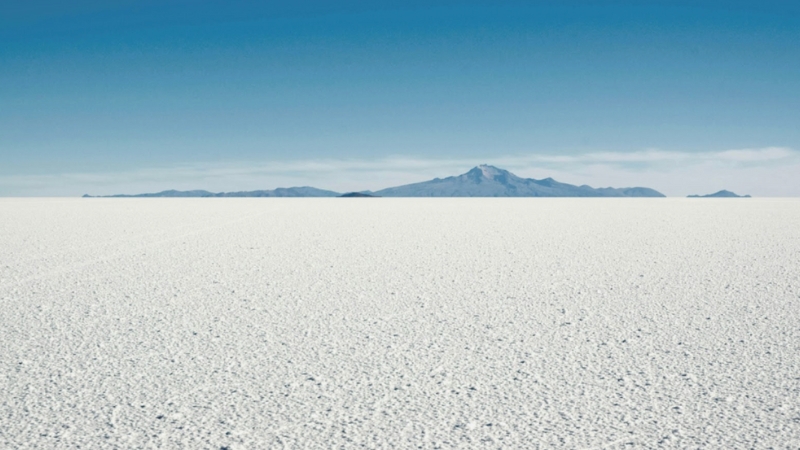Lithium, a highly sought-after element due to its critical role in modern technology, is found in various locations around the world. Its extraction and availability are pivotal for producing batteries that power electric vehicles (EVs), smartphones, laptops, and other electronic devices. Let’s explore where lithium is found and how it is extracted.
Primary Sources of Lithium
Lithium is primarily obtained from two sources: lithium-rich brine deposits and hard rock (spodumene) deposits.
- Brine Deposits:
- Location: These are usually found in salt flats, also known as salars, which are ancient dried-up lakes.
- Key Regions: The “Lithium Triangle” in South America, encompassing parts of Chile, Argentina, and Bolivia, is renowned for its vast brine deposits. The Salar de Atacama in Chile is one of the world’s largest and most productive sources of lithium brine.
- Extraction Process: Lithium is extracted by pumping brine from beneath the surface into large evaporation ponds. The water evaporates over several months to years, leaving behind lithium-rich salts, which are then processed to extract lithium carbonate or lithium hydroxide.
- Hard Rock (Spodumene) Deposits:
- Location: These deposits are typically found in pegmatite rocks, which are igneous rocks with large crystals.
- Key Regions: Major spodumene deposits are located in Australia, particularly in the Greenbushes region of Western Australia, which is one of the world’s largest producers of lithium from hard rock.
- Extraction Process: The lithium-bearing spodumene ore is mined, crushed, and then heated in a kiln to convert the lithium into a form that can be processed. This is followed by various chemical treatments to produce lithium carbonate or lithium hydroxide.
Other Notable Sources
- United States:
- The US has significant lithium resources, particularly in Nevada. The Clayton Valley and the Thacker Pass project are notable for their lithium-rich brines and clays.
- China:
- China is a significant player in the lithium market, with considerable resources in both brine and hard rock deposits. The Qinghai Province hosts large brine deposits, while the Sichuan Province has notable hard rock lithium resources.
- Africa:
- Africa is emerging as a key player in the lithium industry. Countries like Zimbabwe and the Democratic Republic of Congo have substantial hard rock lithium deposits. Zimbabwe’s Bikita Mine is one of the oldest known lithium mines.
Environmental and Ethical Considerations
While lithium is crucial for the green energy transition, its extraction poses environmental and ethical challenges. Brine extraction can lead to water depletion in arid regions, affecting local ecosystems and communities. Hard rock mining, on the other hand, can result in significant land disturbance and pollution.
Efforts are underway to develop more sustainable and ethical lithium extraction methods. Innovations include direct lithium extraction (DLE) techniques, which aim to reduce water usage and environmental impact, and the recycling of lithium-ion batteries to recover lithium and other valuable materials.
Conclusion
Lithium is found in diverse geological settings across the globe, with major deposits in South America, Australia, the United States, China, and Africa. As demand for lithium continues to surge, driven by the transition to electric vehicles and renewable energy storage, it is crucial to balance the need for this essential resource with environmental stewardship and ethical practices. By advancing sustainable extraction methods and promoting recycling, we can ensure a responsible and resilient lithium supply chain for the future.





